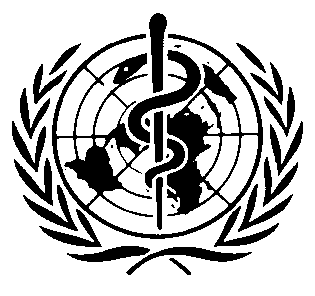International Chemical Safety Cards
| DICHLOROSILANE | ICSC: 0442 |




Silicon chloride hydride Cl2H2Si Molecular mass: 101.01 (cylinder) 

 ICSC # 0442
ICSC # 0442CAS # 4109-96-0 RTECS # VV3050000 UN # 2189 April 07, 1997 Peer reviewed |
| TYPES OF HAZARD/ EXPOSURE | ACUTE HAZARDS/ SYMPTOMS | PREVENTION |
FIRST AID/ FIRE FIGHTING |
| FIRE |
Extremely flammable.
Gives off irritating or toxic fumes (or gases) in a fire.
|
NO open flames, NO sparks, and NO smoking.
|
Shut off supply; if not possible and no risk to surroundings, let the fire burn itself out; in other cases extinguish with
foam,
powder.
|
| EXPLOSION |
Gas/air mixtures are explosive.
|
Closed system, ventilation, explosion-proof electrical equipment and lighting.
|
Combat fire from a sheltered position.
|
| EXPOSURE |
|
AVOID ALL CONTACT!
|
|
| •INHALATION |
Sore throat.
Cough.
Burning sensation.
Shortness of breath.
Laboured breathing.
Symptoms may be delayed (see Notes).
|
Ventilation, local exhaust, or breathing protection.
|
Fresh air, rest.
Half-upright position.
Refer for medical attention.
|
| •SKIN |
Pain.
Redness.
Blisters.
Skin burns.
Serious frostbite.
|
Cold-insulating gloves.
Protective clothing.
|
Rinse skin with plenty of water or shower.
Refer for medical attention.
|
| •EYES |
Pain.
Redness.
Severe deep burns.
Loss of vision.
|
Safety goggles,
or eye protection in combination with breathing protection.
|
First rinse with plenty of water for several minutes (remove contact lenses if easily possible), then take to a doctor.
|
| •INGESTION |
|
|
|
| SPILLAGE DISPOSAL | STORAGE | PACKAGING & LABELLING | ||
|
Evacuate danger area!
Consult an expert!
Ventilation.
Personal protection:
chemical protection suit including self-contained breathing apparatus.
|
Fireproof.
Keep in a well-ventilated room.
|
Do not transport with food and feedstuffs.
R: S: UN Hazard Class: 2.3 UN Subsidiary Risks: 2.1 and 8 |
||
| SEE IMPORTANT INFORMATION ON BACK | ||||
|
||||